Gone are the days when success in tourism just meant counting visitor numbers. Around the world, countries are completely changing how they welcome travelers, putting nature first and tourist dollars second. These nations are proving that you can share your country with the world without selling its soul.
Want to see how some places are doing tourism differently? Let’s explore the countries that are changing the rules of travel to make sure there’s something left for future generations to explore.
Bhutan
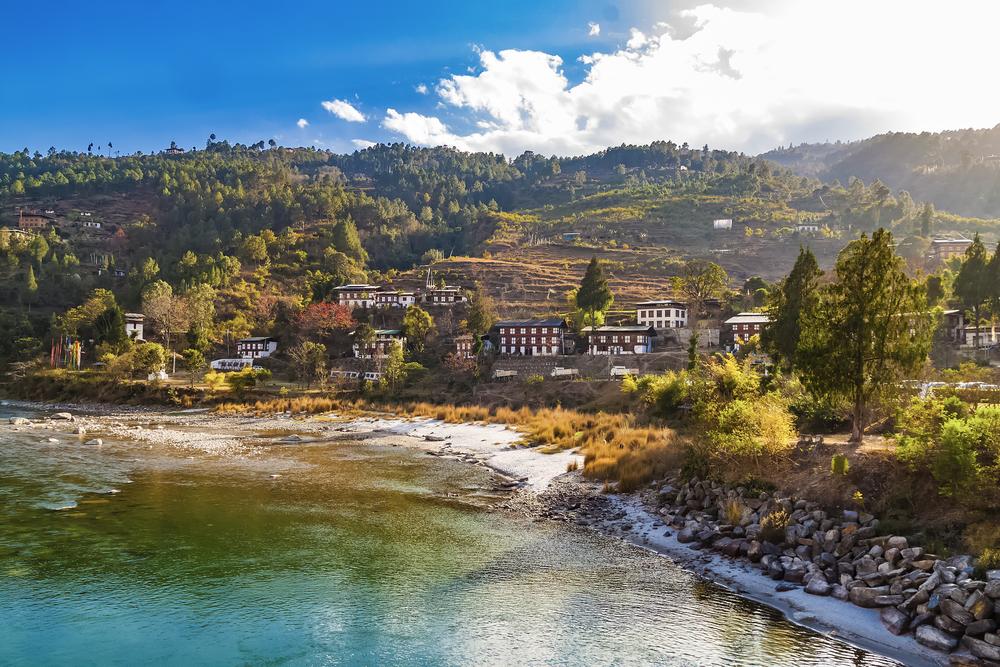
This Himalayan kingdom isn’t interested in mass tourism. Their famous ‘High Value, Low Impact’ policy charges visitors a daily fee that goes straight into protecting nature and supporting local communities.
Only certain areas are open to tourists, and every visitor must travel with a local guide who knows how to respect sacred spaces.
Costa Rica
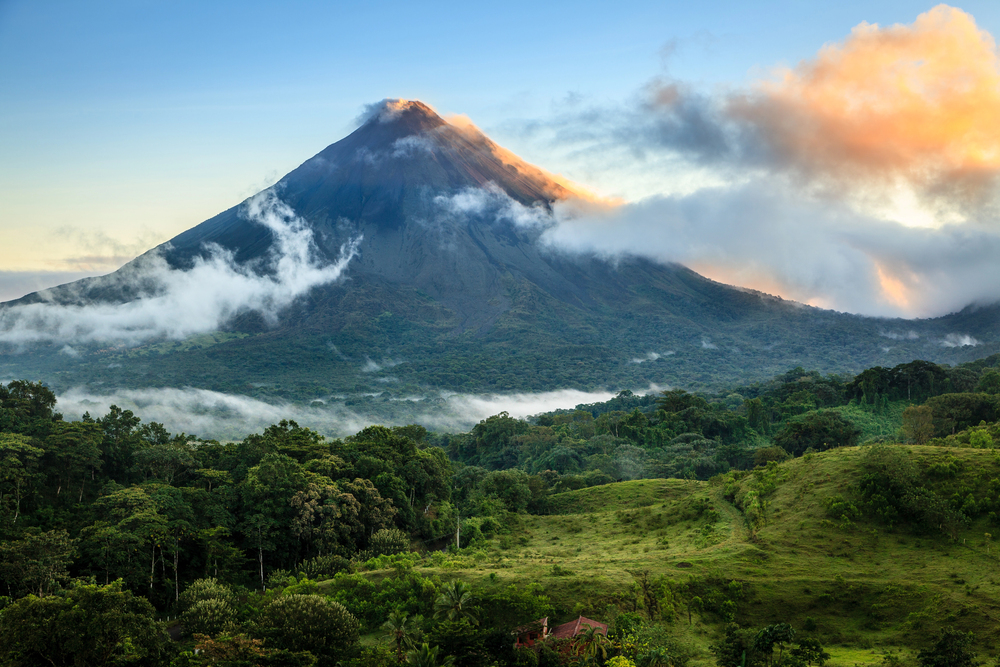
These folks turned their entire country into a living laboratory for sustainable tourism. Hotels run on solar power, local communities own most tourist businesses, and tour operators must prove they protect wildlife before getting licenses.
They even banned single-use plastics from tourist areas and used tourism money to regrow rainforests.
Like Travel Pug’s content? Follow us on MSN.
Slovenia
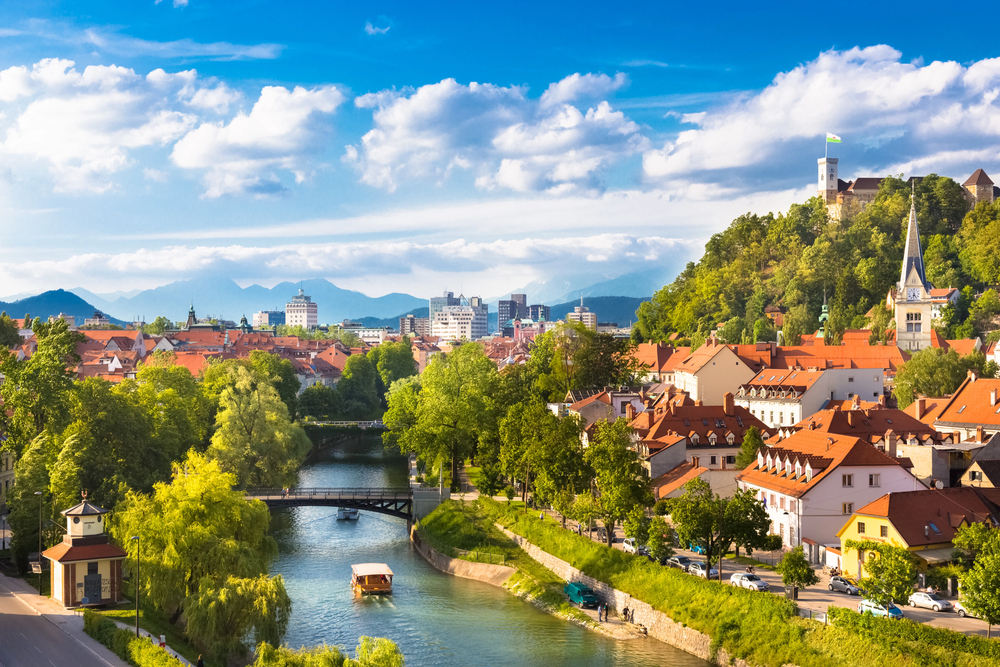
The whole country went green before it was cool. Their tourist spots need to earn a ‘Slovenia Green’ label by proving they protect nature.
Ljubljana banned cars from its old town, hotels must show how they save water and energy, and tour guides teach visitors about local ecosystems. Even their tourist maps are printed on recycled paper.
Palau
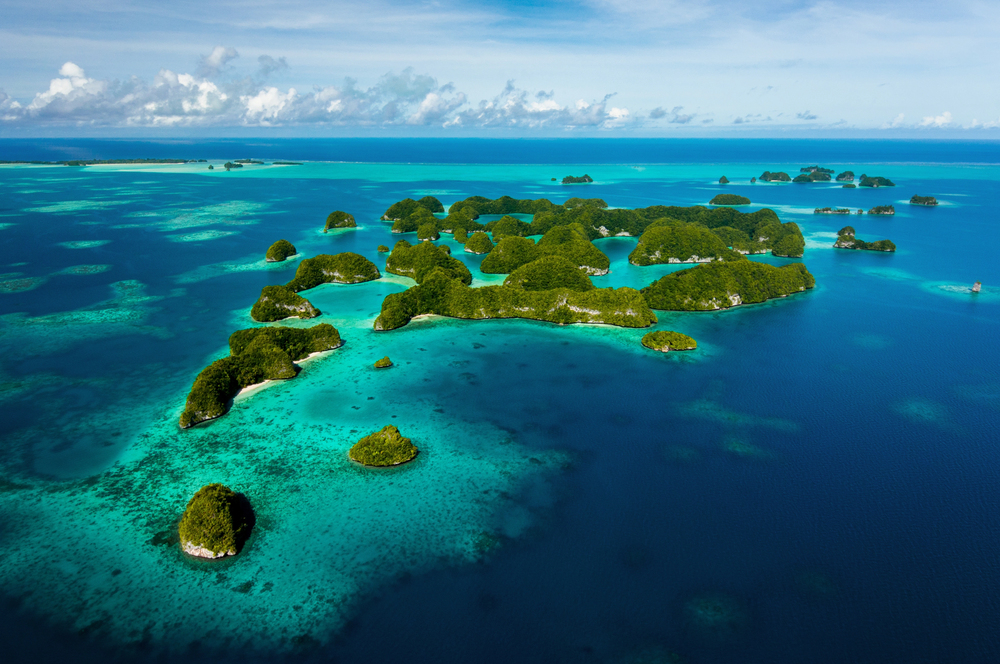
Every visitor to these islands must sign a passport pledge to protect nature written by local children. They banned toxic sunscreens that hurt coral reefs, limited tourist numbers on popular beaches, and turned fishing boats into tour guides to protect fish populations.
The whole country feels like one big nature reserve.
New Zealand
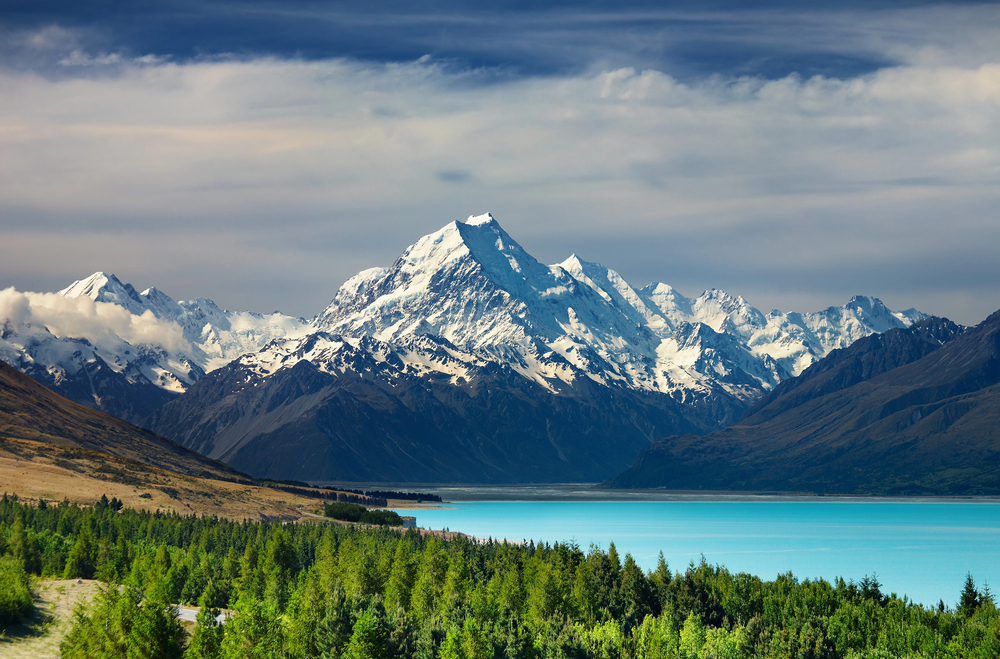
Kiwis are teaching tourists to treat their country like someone else’s home. They make tourism businesses prove they protect native species, ban cruise ships from overcrowded bays and use visitor fees to fix hiking trails.
Even their famous Lord of the Rings movie sets must follow strict environmental rules.
Like Travel Pug’s content? Follow us on MSN.
Iceland
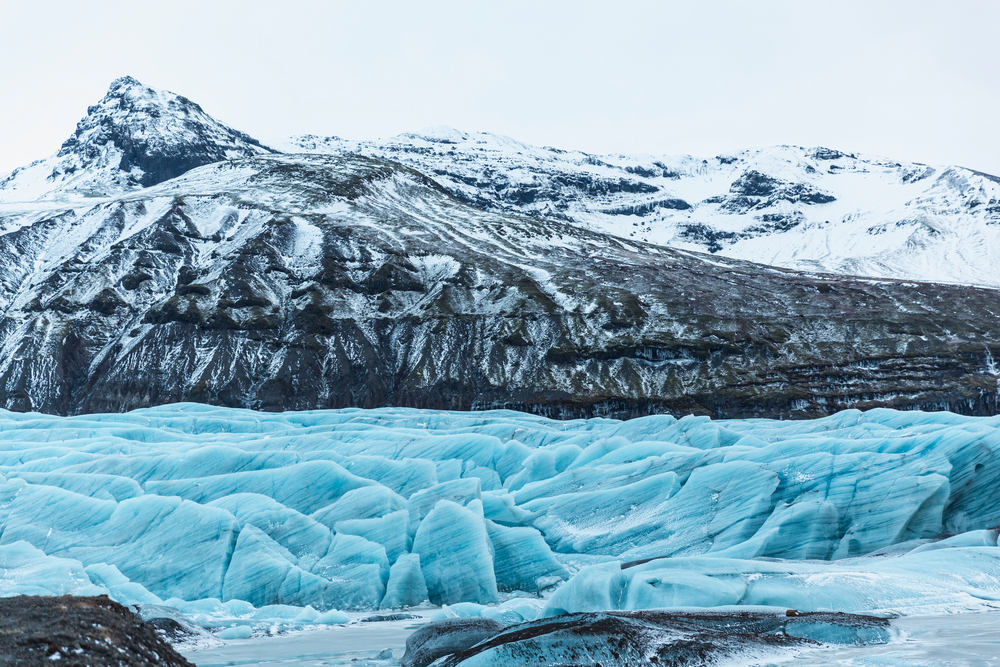
After tourism nearly loved their country to death, Icelanders got serious about protection. They close popular spots during nesting season, make tourists pay to help fix nature damage, and train tour guides in wilderness protection.
Some places are only open a few months each year to let nature recover.
Rwanda
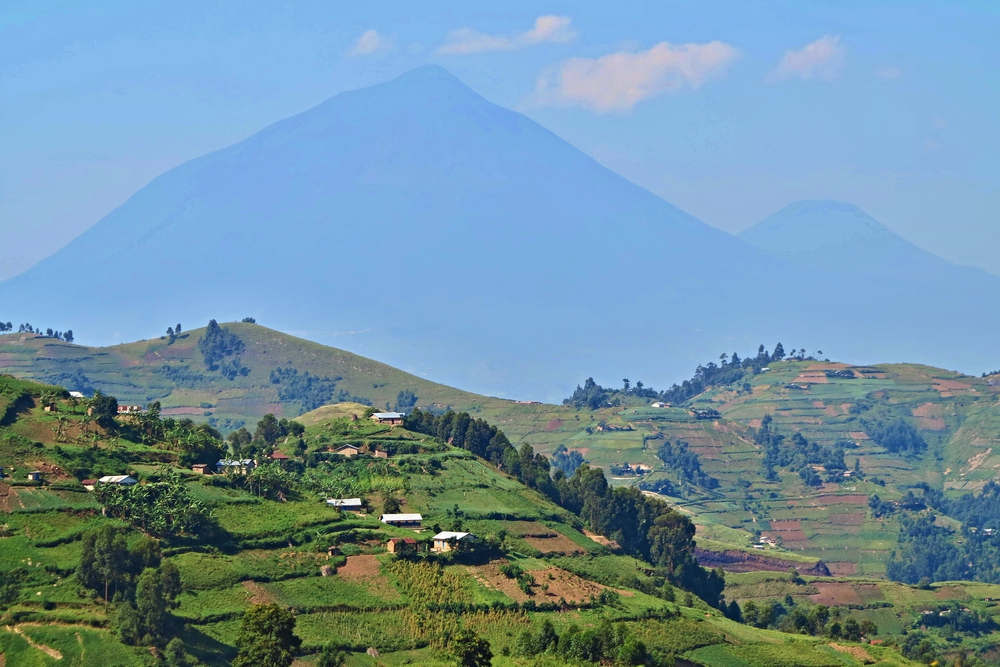
Gorilla tourism here shows how to do things right. They limit visitor numbers, keep most fees in local communities, and use tourism money to protect forests.
Plastic bags are banned nationwide, and every tourist business must show how they help conservation efforts. Even luxury lodges must prove they protect wildlife.
Finland
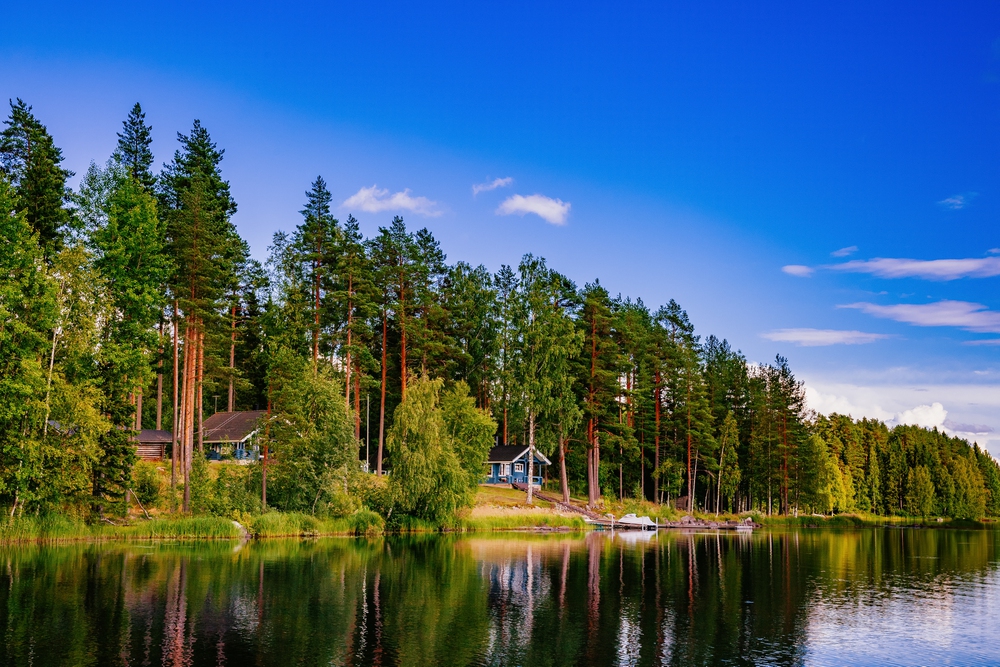
These folks figured out how to share their wilderness without wrecking it. National parks use online booking to prevent overcrowding, tourist areas must measure their carbon footprint, and guides teach visitors how to respect reindeer herding areas.
They even created quiet zones where nature can take a break from humans.
Like Travel Pug’s content? Follow us on MSN.
Gabon
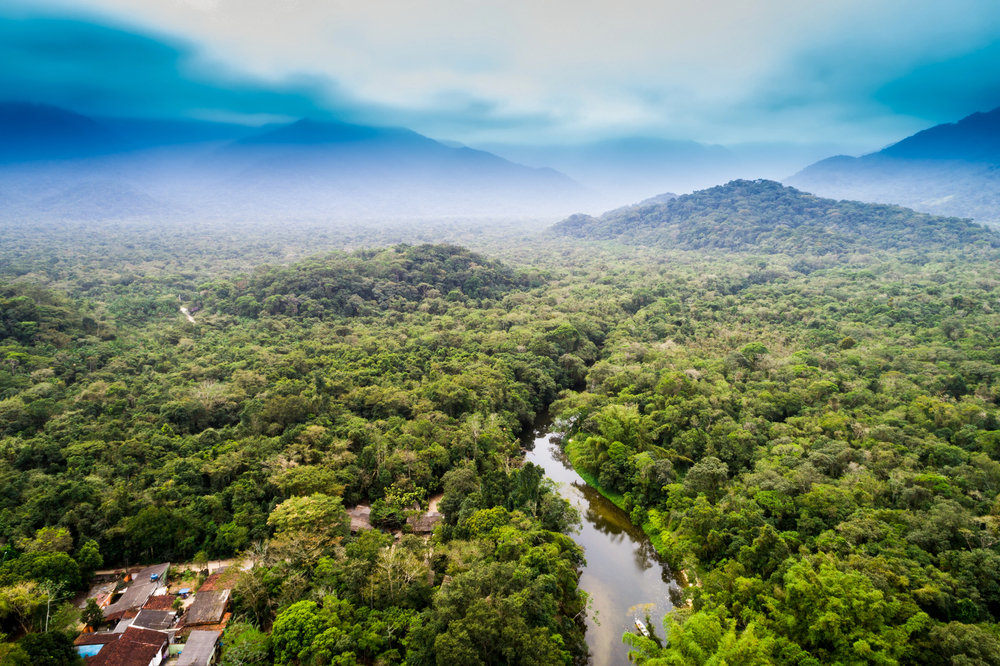
This African nation turned most of its rainforest into national parks before mass tourism arrived. They only allow small groups in most areas, make tourism companies hire local guides, and use visitor fees to fight poaching.
Even their beach resorts must prove they protect sea turtle nesting sites.
Norway
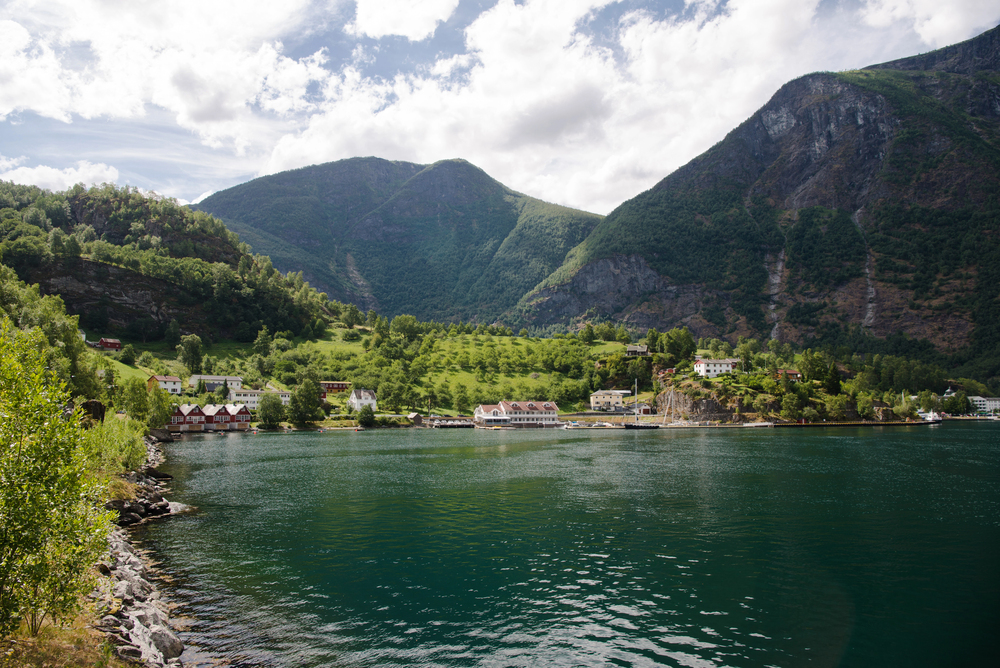
Fjord country is getting serious about clean tourism. They’re banning fossil fuel vehicles from popular valleys, making cruise ships use electric power in ports, and turning old fishing villages into eco-lodges.
Tourist taxes go straight into protecting the landscapes that visitors come to see.
Seychelles
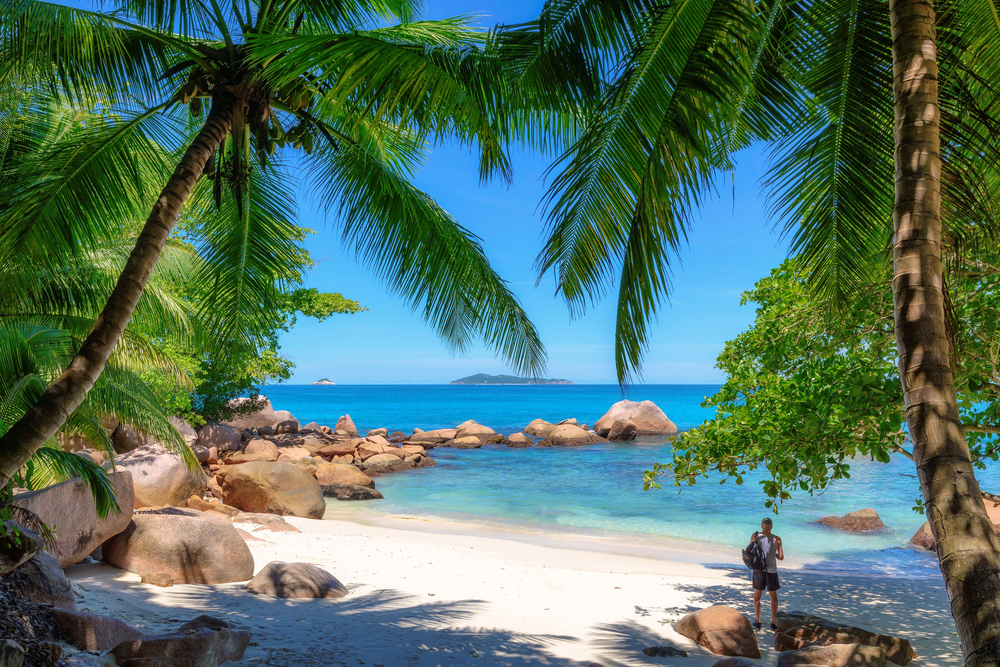
These islands aren’t playing around with ocean protection. They banned large resorts from some islands, make tourists help with beach cleanups, and use tourism money to create marine reserves.
Even their airport teaches visitors about ocean conservation before they leave the terminal.
Like Travel Pug’s content? Follow us on MSN.
Botswana
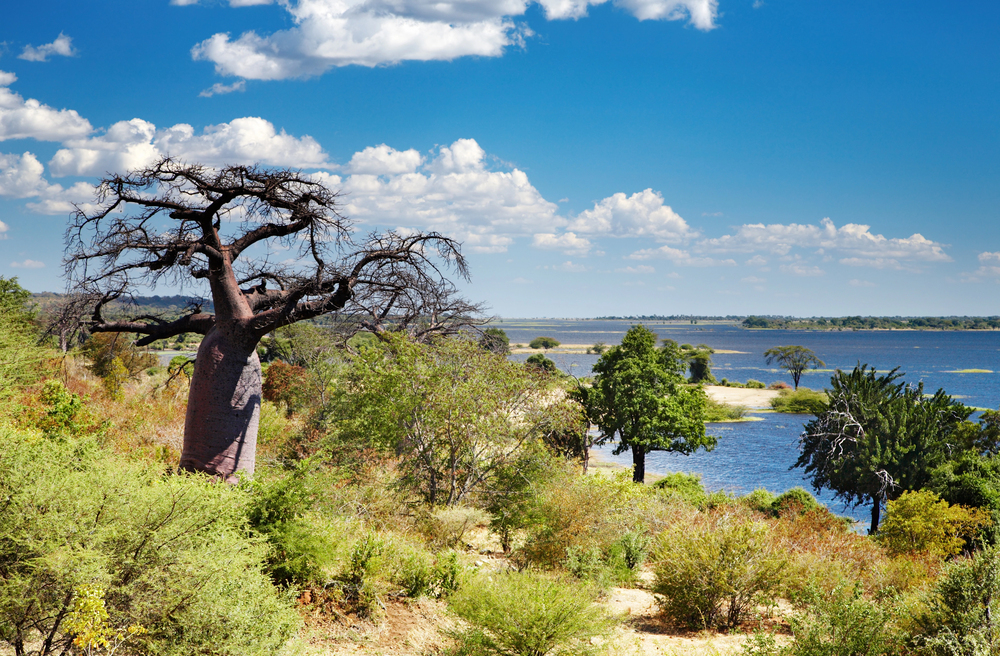
They chose quality over quantity years ago. Their high-fee, low-impact tourism model keeps safari areas from getting crowded, supports local communities, and protects wildlife corridors.
They even shut down tourism in some areas during animal migration seasons.
Netherlands
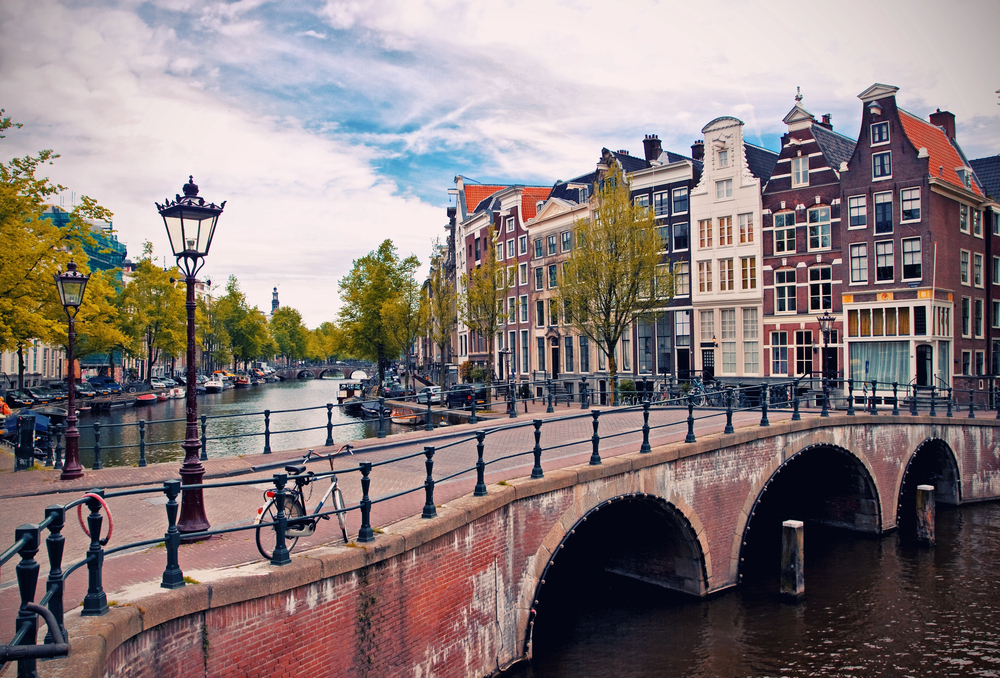
Dutch cities are redesigning tourism from scratch. Amsterdam asks visitors to explore beyond the center, tourist boats must use electric engines, and hotels must prove they save resources.
They’re even moving famous flower fields to protect soil quality and bee populations.
Namibia
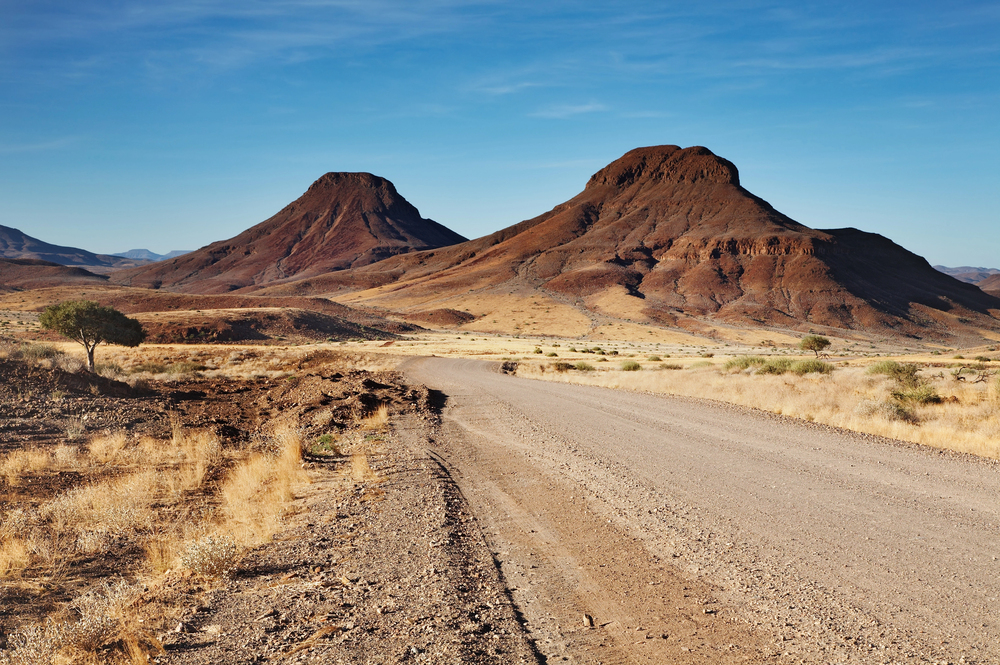
Local communities here own their tourist attractions. They decide visitor numbers, keep most tourism money, and use traditional knowledge to protect nature.
Their desert tours must prove they don’t damage ancient landscapes, and lodges must hire from nearby villages.
Like Travel Pug’s content? Follow us on MSN.
Ecuador
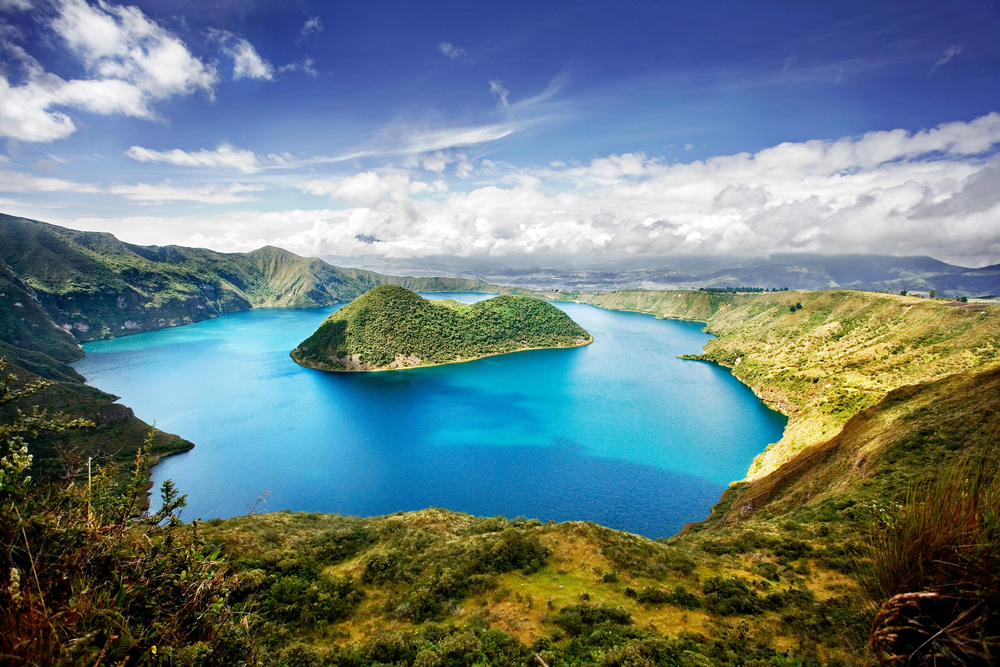
The Galapagos Islands taught them how to do tourism right. Now, the whole country uses similar rules – limited group sizes, local guide requirements, and strict wildlife protection.
They even created quiet zones in rainforests where animals can live without tourist pressure.
Mongolia
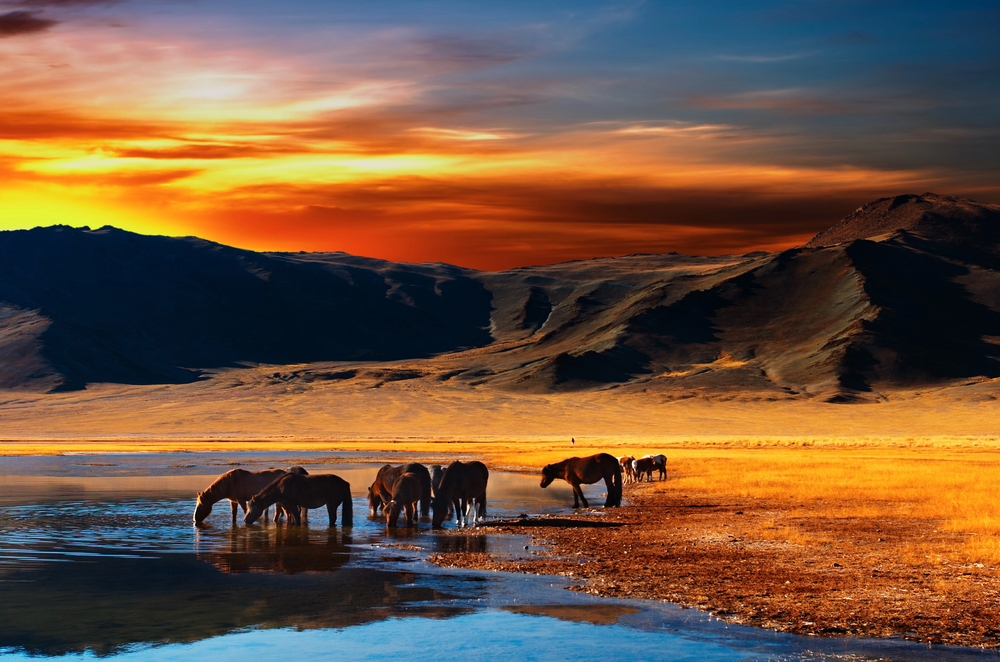
Nomad communities here set the rules for tourism. They teach visitors about sustainable grassland use, limit tourist numbers during migration seasons, and make sure tourism doesn’t disturb traditional herding patterns.
Even luxury camps must use traditional building methods.
Dominica
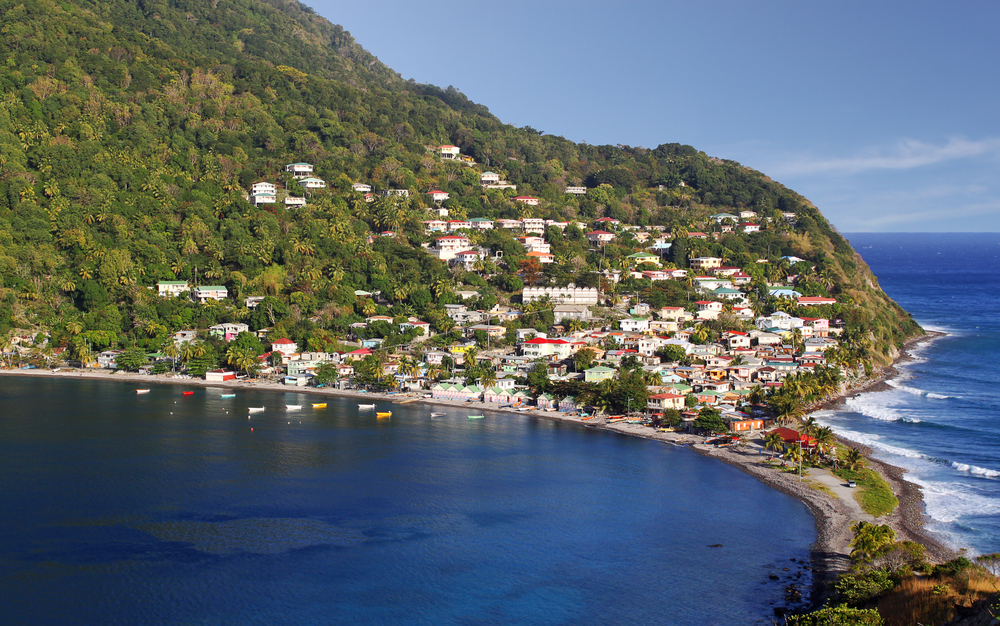
This Caribbean nation chose nature over cruise ships. They focus on small-scale eco-lodges, make tourists help with coral restoration, and use tourism fees to protect rainforests.
Even their hiking trails have daily visitor limits to prevent erosion.
Like Travel Pug’s content? Follow us on MSN.
Malta
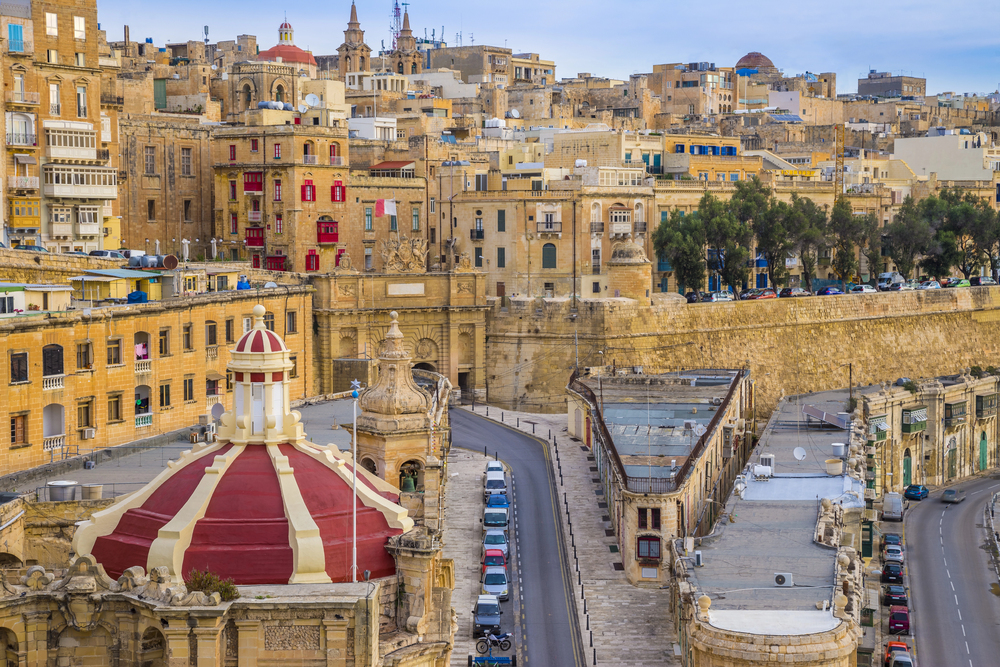
Ancient streets weren’t built for modern crowds, so Malta got creative. They spread tourists across different seasons, turned historic buildings into small hotels instead of big ones, and made tour companies prove they protect cultural sites.
Even beach clubs must show how they protect the coast.
Vanuatu
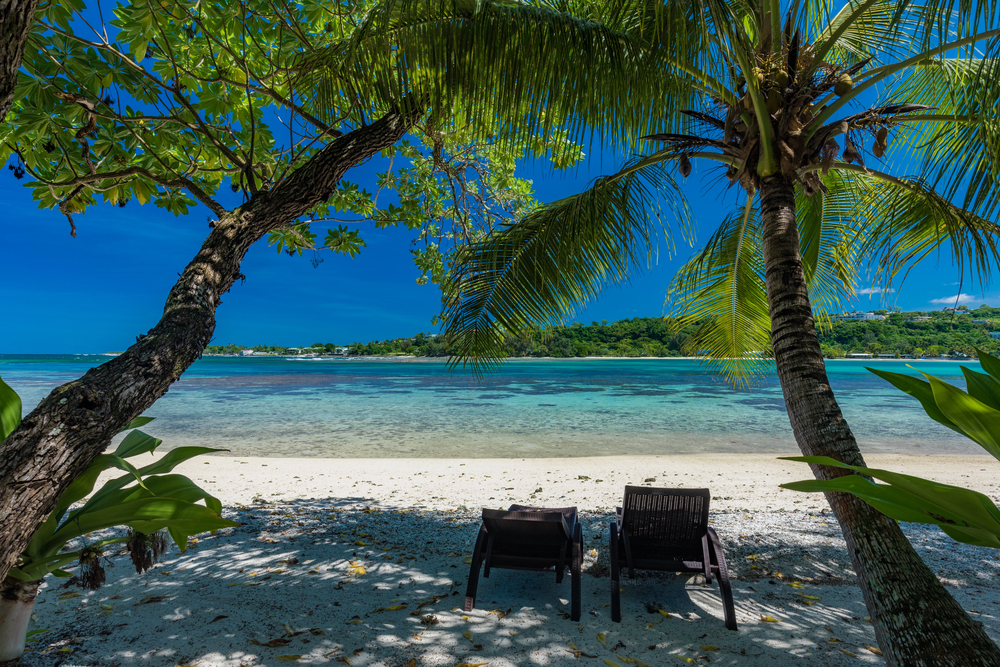
These Pacific islands banned plastic and styrofoam before letting tourism grow. They teach visitors about traditional ocean protection, make resorts use local building materials, and keep tourist numbers low on smaller islands.
Even souvenir shops must sell locally made items.
Denmark
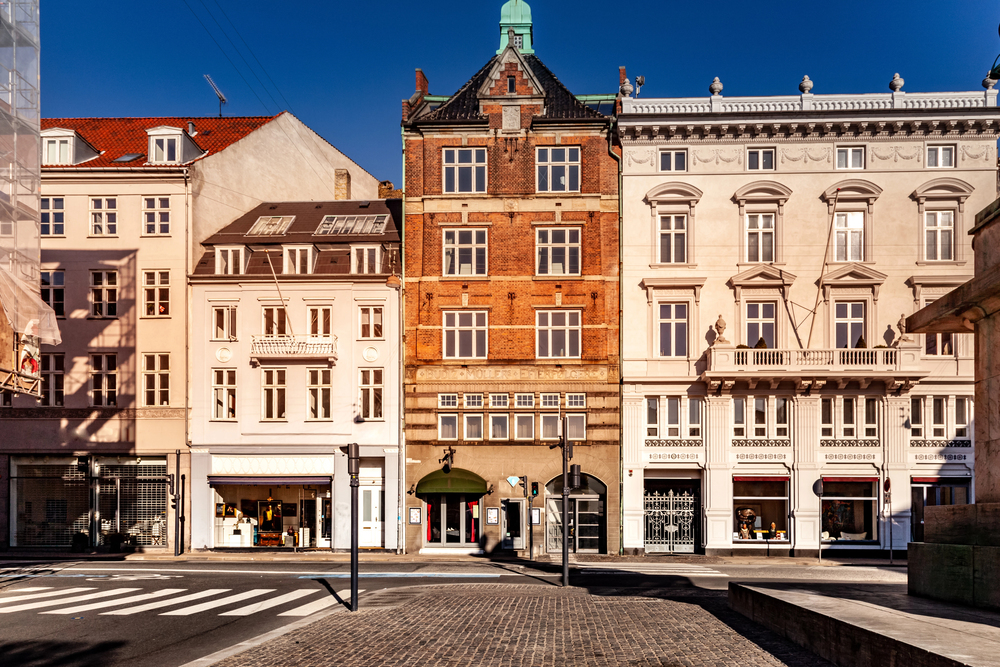
These folks are proving cities can be tourist-friendly and sustainable. Copenhagen helps visitors explore by bike, tourist attractions must measure food waste, and new hotels must meet strict green building codes.
They even turned old industrial areas into eco-friendly tourist districts.
Like Travel Pug’s content? Follow us on MSN.
Tourism’s Green Future
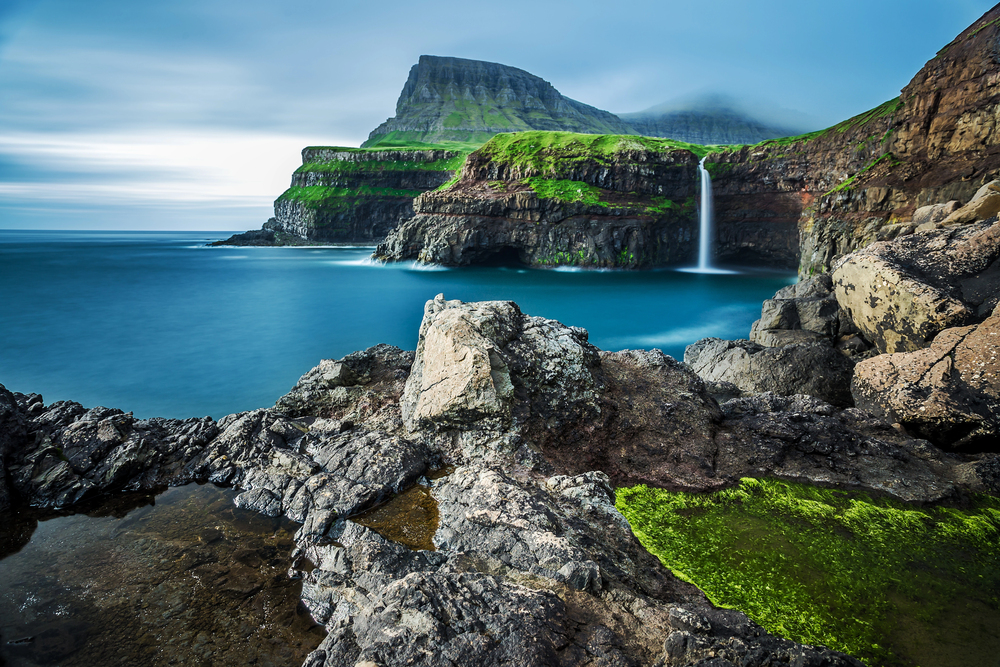
These countries show that protecting nature and welcoming visitors aren’t opposite goals. By rethinking how tourism works, they’re creating experiences that help instead of harm.
Their new rules might seem strict, but they’re really about making sure tourism has a future. These changes often make travel better, not worse.
When countries protect what makes them special, everyone wins – visitors get more authentic experiences, locals keep their quality of life, and nature gets the respect it deserves. These pioneers are showing that the future of tourism isn’t about seeing places before they disappear – it’s about making sure they never do.
More from Travel Pug

- 15 Dangerous European Cities to Avoid
- 15 Caribbean Islands Where Tourists Keep Getting Scammed
- The 20 Most Fascinating Abandoned Places: A Journey Through Time and Forgotten Spaces
- 15 Hidden Places in the Smithsonian Museums Locals Love: A Guide to Lesser-Known Treasures
- 16 Hidden Florida Beach Towns That Aren’t Overrun with Tourists
Like Travel Pug’s content? Follow us on MSN.
